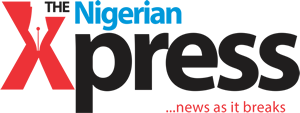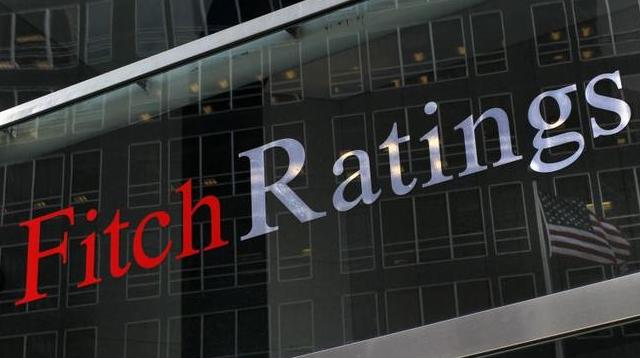EMEKA OKOROANYANWU
International Rating Agency, Fitch Ratings, said the 50 bases points cut by the Monetary Policy Committee of the Central Bank of Nigeria (CBN) may not be able to spur lending to priority sectors of the economy.
The MPC had at its last meeting in Abuja slashed the Monetary Policy Rate (MPR) to 13.5 per cent from the previous 14 per cent.
According to Fitch Ratings, “We expect credit demand to stay weak and banks to continue favouring T-bills, as interest rates are still high.”
The organisation said lending is also inhibited by banks’ risk aversion given their high proportion of non-performing loans (NPLs), and by the Central Bank of Nigeria’s (CBN) actions to mop up excessive liquidity in a bid to contain inflation and support the naira.
READ ALSO:Osinbajo attends induction seminar for elected, returning govs
Announcing the rate cut, the CBN’s Monetary Policy Committee said that having achieved a relatively stable exchange rate with price stability, it has become imperative that monetary policy should explore the next steps necessary for enhancing growth.
The rate cut, the first since 2015, was intended to enhance the country’s economic outlook by stimulating lending to the private sector.
Bank lending remained low in 2018 despite a fall in three-month T-bill yields and a slight dip in average lending rates. This followed modest growth in 2017, which was largely attributable to naira devaluation inflating foreign-currency loans.
Fitch remarked that credit growth in Nigeria is not well correlated with policy rates and lending rates, saying it reflects the private sector’s limited access to financial products and services, with a large part of the population excluded from even basic banking facilities due to lack of collateral, unemployment or informal employment with no regular income. “We factor these constraints on private sector lending into our assessment of Nigerian banks’ operating environment. Credit to the private sector was 14.2% of GDP at end-2017, according to the World Bank, which is low by international standards.
Borrowing is expensive for customers, reflecting banks’ view that asset quality risk is generally high. The average prime lending rate offered by banks was 16.2% at end-2018 and the average maximum rate was 30.6%, well above the 14.0% policy rate. Banks’ ability to lend is also constrained by the high cash reserve requirements on local-currency customer deposits.


